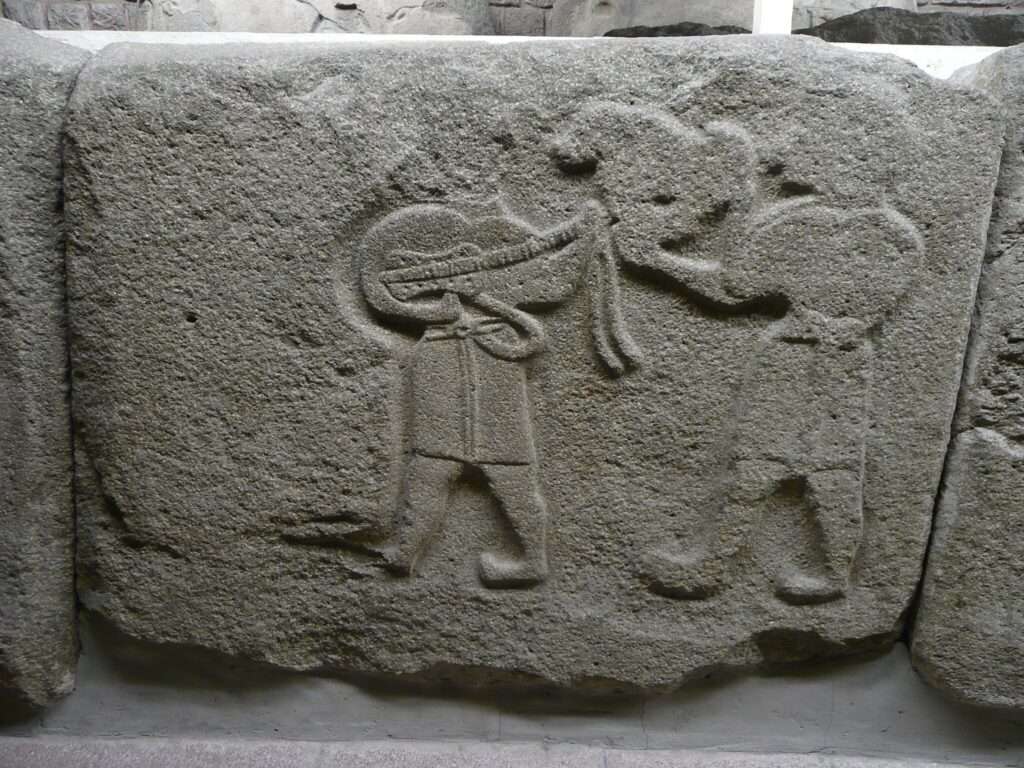By Shawn Leonhardt for Guitar Tricks and 30 Day Singer
If you do not have a great understanding of music theory then slash chords can seem complicated and strange. In reality though once you have some basic building blocks on scales and chords it is not too hard and a great tool for improvisation and melody building. A nice descending bass line in a tune can really turn it into something more! Here is one of the best guitar lessons online on slash chords on the guitar!
What Is A Chord?
Before we can look at the slash chord concept it is important to be on the same page for basic music theory. Most Western music like rock, metal, pop, funk, and jazz deals with 12 notes and their spacing, the distances between the intervals create the emotion that we experience when listening. A minor interval is sad or even menacing while a major or perfect interval is stronger and more powerful sounding. We build guitar chords from scales with these intervals to create progressions for songs.
A major scale formula can simply be notated as 1 2 3 4 5 6 7 or in the key of C that is C D E F G A B. If you want to use a different key look to your Circle of Fifths chart to know which notes to use. A triad is a set of three notes or the scale degrees of 1, 3, and 5. So a major chord in the key of C is made up of C-E-G. The minor scale formula 1 2 b3 4 5 b6 b7 so if we stack its degrees we get a C minor as C-Eb-G. Any scale we can stack those degrees up to get its root or tonic chord.
Generally when we name a chord we start with its root note however there are times when we want to use an alternate bass note. This is where it often gets confusing for beginners as there are multiple ways to name a chord. Just keep in mind that in music theory many roads lead to the same answer!
Step 2: Inversions
When we play chord progressions there are often a lot of repetitive sequences that get boring, plus it sometimes sounds better to change our chords up. Instead of playing a C major as C-E-G why not play it as E-G-C (the second inversion) or G-C-E (the third inversion. It’s true we have changed the root or bass note, but if used right it can still sound like a C major. Music is always about the bigger context of the other notes and chords!
Sometimes inversions help with our chord voicing and guitar fingerings, other times they can be useful to better modulate or substitute another chord. They can make a great building block to a new part of the song. If you are a beginner trying to learn how to play guitar and read music, inversions can also be confusing as you may think you are a new chord when it is really just an inversion or alternate bass note. When playing guitar tabs or chord sheets the second inversion of C maj is labeled C/E and the third inversion is labeled C/G.
Anytime you see a slash or / in chords it is telling you this chord has the note after it as the bass note. Even though our focus here is on playing guitar it helps to look at slash chords on a piano, digital, or app keyboard. It can be beneficial to look at a descending bass line on a piano regardless of the instrument you play.
Slash Chords On Guitar
The most common use of slash chords on guitar is for descending bass lines like the famous C-C/B-Am-C/G. Without looking at the chords or tabs play that line, first start with basic chords C major- A minor- C major. Now play open C once before moving the bass note to B, next play the Am before playing a C again, but with a G in the bass. You have played a descending line of C-B-A-G, right down the major scale!
Sometimes you can also play chromatically instead of diatonically on the major scale. “While My Guitar Gently Weeps” starts with chords that have the roots A-G-F#-F over the chords Am-Am/G-F#m7b5-Fmaj7. And The Beach Boys “God Only Knows” is another great example of slash chords used in a descending fashion. These songs can seem difficult to beginners but if they focus on the bass note the passages will be a lot easier to play.
Slash chords aren’t always used for descending or ascending lines, sometimes you want the feel or sound of another chord without the whole thing. In that case using a different bass note can invoke a partial feeling. Or it may change the tonal center which is seen in progressive, metal, and jazz when you want a different vibe. Regardless of the genre though the slash always means the normal root is being replaced with the note shown after.
One thing to keep in mind when reading tabs is that they were written for simplicity and often by people who can’t read music. Occasionally a chord is given a wrong name as opposed to its progression, so don’t expect perfection in tabs or agreement from all players. The goal is to focus on the song you are playing and making sure it sounds right, as always your ears and listening are more important. And one of the best ways to use slash chords is to write your own progressions using them! Creating your own riffs with alternate bass notes will be the best experience.
Slash chords for the guitar are everywhere in tabs, songs, and lessons! The next time you find them in a song don’t just play the fingerings, look closer at what is happening with the bass note movement. Check to see if it is going down, up, or just a temporary need for another note than the root. Slash chords are a great but simple way to add variety and stability to a song, all genres use it as a cornerstone in composition, look close enough and they are everywhere.


